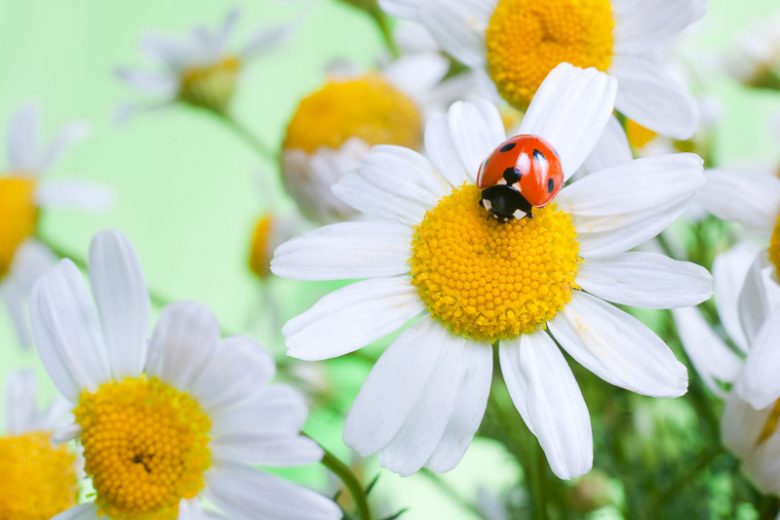Friends or Foes? Understanding Beneficial and Harmful Insects in Your Garden

1. Bees & Butterflies
- Bees and butterflies are among the most important pollinators, helping flowers, fruits, and vegetables reproduce by transferring pollen between plants. Without them, many crops like apples, tomatoes, cucumbers, and almonds would have low yields or fail to grow at all.
- Bees are highly efficient pollinators because they visit thousands of flowers each day, collecting nectar and spreading pollen as they move. Some species, like bumblebees, perform “buzz pollination,” which helps certain plants, such as tomatoes and blueberries, produce more fruit.
- Butterflies also contribute to pollination, particularly for wildflowers and ornamental plants. Their long, coiled proboscis allows them to feed on nectar while brushing against flower stamens, transferring pollen in the process.
- To attract bees and butterflies to your garden, plant nectar-rich flowers like lavender, sunflowers, daisies, and wildflowers. Avoid using chemical pesticides, as they can harm these pollinators.
2. Ladybugs
- Ladybugs are natural predators of aphids, whiteflies, and other small pests that suck the sap from plants. They are one of the most effective forms of organic pest control.
- A single ladybug can eat up to 50 aphids a day, and their larvae, which resemble tiny black-and-orange alligators, are even hungrier, consuming hundreds of aphids before they mature.
- In addition to aphids, ladybugs also feed on scale insects, spider mites, and mealybugs, which helps prevent plant damage and disease spread.
- To encourage ladybugs in your garden, plant herbs like dill, fennel, coriander, and marigolds. These plants provide shelter and nectar, which attract ladybugs and keep them around.
3. Earthworms
- Earthworms play a vital role in soil health by breaking down organic matter and improving soil structure. Their burrowing aerates the soil, allowing roots to access more oxygen and water.
- As they digest decomposed plant material, they produce nutrient-rich castings (worm poop), which act as a natural fertilizer and improve soil fertility.
- Earthworms also help prevent soil compaction, which makes it easier for plant roots to grow and absorb nutrients.
- To encourage earthworms, maintain a compost-rich garden with plenty of organic matter like mulch, leaves, and vegetable scraps. Avoid using chemical fertilizers, which can harm them.
4. Praying Mantises
- Praying mantises are skilled hunters that feed on a wide range of garden pests, including caterpillars, beetles, flies, and even grasshoppers.
- Unlike many beneficial insects that target specific pests, mantises are generalist predators, meaning they eat almost any insect they can catch—including harmful and beneficial bugs.
- They use their excellent camouflage to blend in with leaves and flowers, waiting patiently to ambush their prey with their powerful front legs.
- To attract them, plant shrubs and tall grasses, which provide hiding spots for them to lay eggs. You can also buy mantis egg cases and release them into your garden.
1. Slugs & Snails
- These slimy pests are not insects, but they are a major problem in gardens. They feed on leaves, stems, and even fruits, leaving behind large holes and slime trails.
- Slugs and snails are especially active at night and thrive in moist, shady areas.
- They can completely defoliate young plants, making them vulnerable to disease and stunted growth.
- To deter them, use crushed eggshells, diatomaceous earth, or copper tape around plants. Beer traps and handpicking at night are also effective.
2. Aphids
- Aphids are tiny, soft-bodied insects that cluster on plant stems and leaves, sucking sap and weakening the plant. This can cause leaves to curl, wilt, and turn yellow.
- They also secrete a sticky substance called honeydew, which attracts ants and promotes the growth of sooty mold, a fungus that can block sunlight and further damage plants.
- Some aphids transmit plant viruses, which can stunt growth and reduce crop yields.
- To control aphids, encourage natural predators like ladybugs, lacewings, and parasitic wasps. You can also spray plants with a mixture of water and neem oil.
3. Japanese Beetles 🪲
- Japanese beetles are highly destructive garden pests that chew on leaves, flowers, and fruits, leaving behind skeletonized foliage.
- They attack a wide variety of plants, including roses, grapes, and fruit trees, making them a serious threat in many gardens.
- The larvae (grubs) live in the soil and feed on grass roots, causing patches of dead grass.
- To control them, handpick adults off plants, use neem oil sprays, and introduce nematodes to target grubs in the soil.
